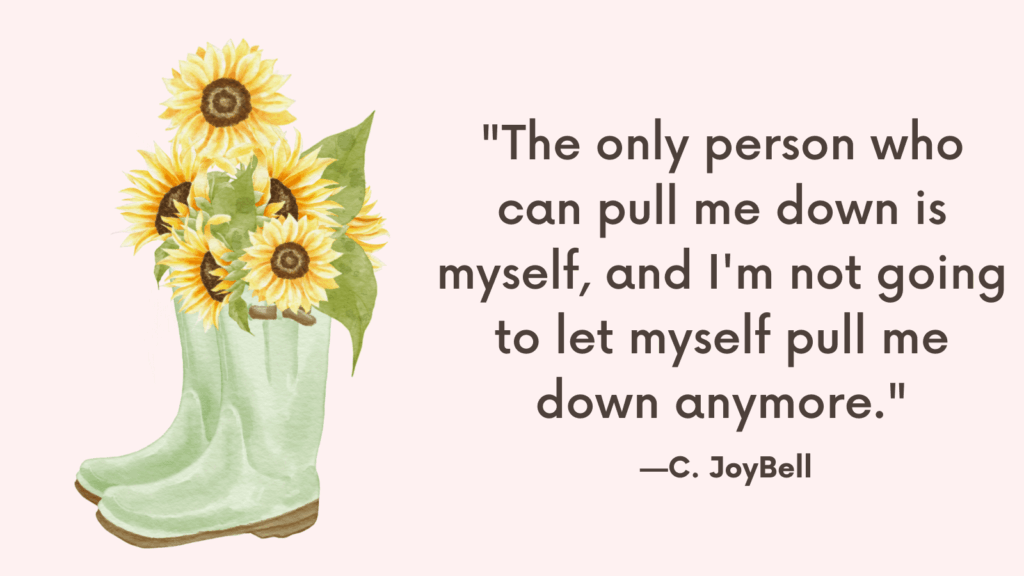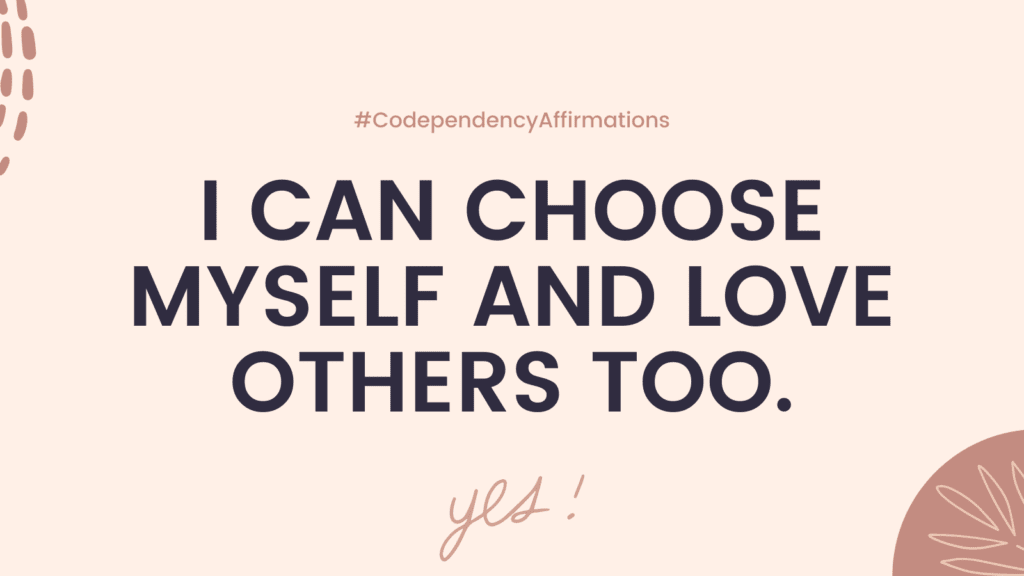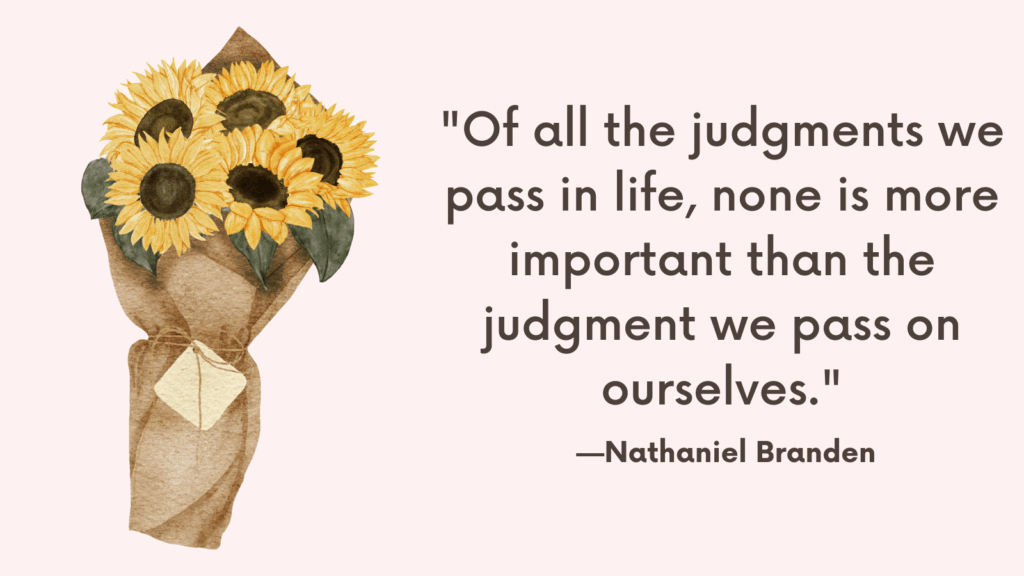In this post, you’re going to learn how to detach from someone with borderline personality disorder.
Why Detach From Someone with Borderline Personality Disorder?
Detaching from someone with Borderline Personality Disorder (BPD) can be a challenging decision, but it is sometimes necessary for the well-being of both individuals involved.
It’s important to understand that detachment does not mean abandoning or rejecting the person, but rather implementing healthy boundaries and self-care strategies.
Here are some reasons why detaching might be beneficial:
1. Protection of your mental health
Borderline Personality Disorder can involve intense emotions, mood swings, and unstable relationships.
Constant exposure to these dynamics can be emotionally draining and impact your own mental well-being.
Detaching can help protect your mental health by creating space to prioritize your own needs and emotions.
2. Setting boundaries
Individuals with BPD often struggle with boundaries and have difficulty regulating their emotions.
By detaching, you can establish clear boundaries for yourself, which is crucial for maintaining a healthy relationship.
Setting boundaries helps prevent enabling or becoming excessively enmeshed in their emotional turmoil.
Related: Top 25 Tips On How To Set Boundaries In A Toxic Relationship? (+FREE Worksheets PDF)
3. Reducing codependency
Codependent dynamics can develop when one person becomes overly reliant on another for their emotional well-being.
Detaching from someone with BPD can help break this cycle and encourage both parties to develop healthier coping mechanisms and rely more on themselves for emotional stability.
4. Encouraging personal growth
Detachment allows both individuals to focus on their own personal growth and journey.
This separation can provide an opportunity for the person with BPD to seek therapy and work on developing skills to better manage their emotions and relationships.
Simultaneously, it offers you the chance to explore your own needs, heal from any past wounds, and engage in self-improvement.
5. Preserving the relationship
Paradoxically, detachment can actually help preserve the relationship.
By establishing boundaries and taking care of your own mental health, you may create a more balanced and stable foundation for the relationship to grow.
It can also reduce conflict and allow for a healthier dynamic to develop over time.
It’s important to note that detaching should be approached with empathy and understanding.
Communicating your intentions with compassion and seeking support from mental health professionals can help navigate the process more effectively.
Every situation is unique, and it may be helpful to consult with a mental health professional who can provide personalized guidance based on your specific circumstances.
Related: Rational Detachment – What Is It and How to Cultivate it
How to Detach From Someone with Borderline Personality Disorder?
Detaching from someone with Borderline Personality Disorder (BPD) can be a challenging process, but it is important for your own well-being. Here are some strategies to help you navigate this journey:
1. Educate Yourself
Understanding BPD is crucial for effectively detaching.
Learn about the disorder, its symptoms, and common patterns of behavior associated with it.
This knowledge will help you gain insight into the challenges the person with BPD faces and enable you to approach detachment with empathy.
2. Set Clear Boundaries
Establishing and maintaining healthy boundaries is essential when detaching from someone with BPD.
Clearly communicate your limits and expectations, and consistently enforce them.
Be firm, yet compassionate, when setting boundaries to avoid enabling or becoming overly enmeshed in their emotional turmoil.
3. Practice Self-Care
Prioritize your physical, emotional, and mental well-being.
Engage in activities that bring you joy and relaxation.
Take care of your physical health through exercise, proper nutrition, and adequate sleep.
Additionally, seek emotional support from friends, family, or a therapist who can provide guidance during this process.
Related: Best 100 Self Care Affirmations To Honor Yourself
4. Develop Emotional Regulation Skills
Given the intense emotions associated with BPD, it’s important to develop your own emotional regulation skills.
Practice mindfulness techniques like deep breathing, meditation, or grounding exercises to help manage your emotions when interacting with the person with BPD.
5. Detach with Empathy
Remember that the person with BPD is experiencing significant emotional distress as well.
Approach detachment with empathy and compassion, understanding that their behaviors are often a result of underlying pain and fear.
Detach without judgment or blame, focusing on your own needs while acknowledging their struggles.
Related: Best 7 Books On Detachment
6. Practice Non-Reactive Communication
BPD can involve volatile interpersonal dynamics, and conflicts may arise.
Practice non-reactive communication by remaining calm, using “I” statements to express your feelings, and actively listening to the other person’s perspective.
Responding thoughtfully instead of reactively can deescalate conflicts and improve overall communication.
7. Develop a Support Network
Surround yourself with supportive individuals who understand your situation and can provide emotional support.
Joining support groups or online communities for individuals dealing with loved ones who have BPD can also provide a safe space for sharing experiences and gaining insights.
8. Limit Contact
While complete detachment might not be feasible (especially in cases where familial or work relationships are involved), consider limiting contact to protect your own well-being.
You may choose to decrease the frequency of interactions, limit communication methods, or establish specific times for communication to create structure and boundaries.
Related: Healthy Boundaries Quiz (+Free Pdf Worksheets)
9. Practice Radical Acceptance
Recognize that you cannot control or change the other person’s behavior, emotions, or decisions.
Practice radical acceptance by acknowledging the reality of the situation and accepting things as they are.
This mindset shift can help you let go of any futile attempts to change or fix the person with BPD.
10. Focus on Personal Growth
Use this time of detachment to prioritize your own personal growth and self-improvement.
Engage in activities that promote self-reflection, pursue hobbies and interests, and invest in personal development.
Taking care of yourself will strengthen your resilience and overall well-being.
Related: Top 23 Journal Prompts For Self Growth
Challenges of Being in a Relationship with Someone with Borderline Personality Disorder
Being in a relationship with someone who has Borderline Personality Disorder (BPD) can present several unique challenges.
Understanding these challenges can help you navigate the relationship more effectively. Here are some key aspects to consider:
1. Intense Emotional Turmoil
Individuals with BPD often experience intense emotional states that can fluctuate rapidly.
They may feel overwhelmed by emotions such as anger, sadness, or fear, leading to impulsive reactions and difficulty regulating their emotional responses.
This emotional volatility can put a strain on the relationship, resulting in unpredictable interactions and conflicts.
2. Fear of Abandonment
A common trait in BPD is an intense fear of abandonment.
This fear can manifest in constant reassurance-seeking, clingy behavior, or attempts to manipulate the other person to ensure they won’t be abandoned.
The fear of abandonment can lead to difficulties in maintaining healthy boundaries and can trigger feelings of guilt or pressure in the partner.
Related: How To Heal Abandonment Issues? Top 15 Powerful Strategies For Fear of Abandonment Healing
3. Idealization and Devaluation
Individuals with BPD often display a pattern of idealizing their partner initially, seeing them as perfect and meeting all their needs.
However, this idealization can quickly shift into devaluation, where the person with BPD may suddenly perceive their partner as inadequate or cruel.
This dichotomous thinking can create a rollercoaster effect in the relationship, leading to confusion and hurt for the partner.
4. Identity Instability
People with BPD frequently struggle with a fragmented or unstable sense of self.
This instability can lead to identity crises, frequent changes in interests, goals, or values.
Their partner may find it challenging to keep up with these changes and may feel like they’re constantly adjusting to accommodate the shifting identity of their loved one.
Related: Self-Abandonment: Top 5 Ways To Get Back In Touch With Yourself
5. Impulsive Behaviors
Impulsivity is another characteristic of BPD that can impact relationships.
Individuals with BPD may engage in reckless behaviors, such as overspending, substance abuse, self-harm, or risky sexual encounters.
These impulsive acts can undermine trust and stability within the relationship, leaving the partner feeling frustrated, worried, or even responsible for preventing such behaviors.
6. Intense and Stormy Relationships
BPD is associated with unstable and tumultuous interpersonal relationships.
The intensity of emotions and rapid shifts in mood can create a chaotic dynamic.
This rollercoaster effect can leave the partner feeling exhausted, walking on eggshells, or constantly working to diffuse potential conflicts.
7. Codependency
Due to the fear of abandonment and emotional instability, individuals with BPD may become overly reliant on their partners for emotional support and validation.
This codependent dynamic can be burdensome and may lead the partner to neglect their own needs and well-being in an effort to manage the emotional turmoil of the person with BPD.
Related: How To Break Codependency Habits For Good? (+FREE Codependency Worksheets)
8. Self-Harm and Suicidal Ideation
Individuals with BPD are at an increased risk of engaging in self-harming behaviors or experiencing suicidal ideation, especially during periods of extreme distress or perceived rejection.
This can be incredibly challenging for the partner to witness and can trigger feelings of helplessness, guilt, and anxiety.

Conclusion
Remember, everyone’s situation is unique, and there is no one-size-fits-all approach to detachment.
Detachment can be a challenging process, but with patience, understanding, and support, it can lead to healthier boundaries and improved well-being for both yourself and the person with BPD.
It is important to recognize that individuals with BPD are not solely defined by these challenges; they also possess strengths and positive qualities.
However, navigating a relationship with someone who has BPD requires patience, education, and effective communication.



